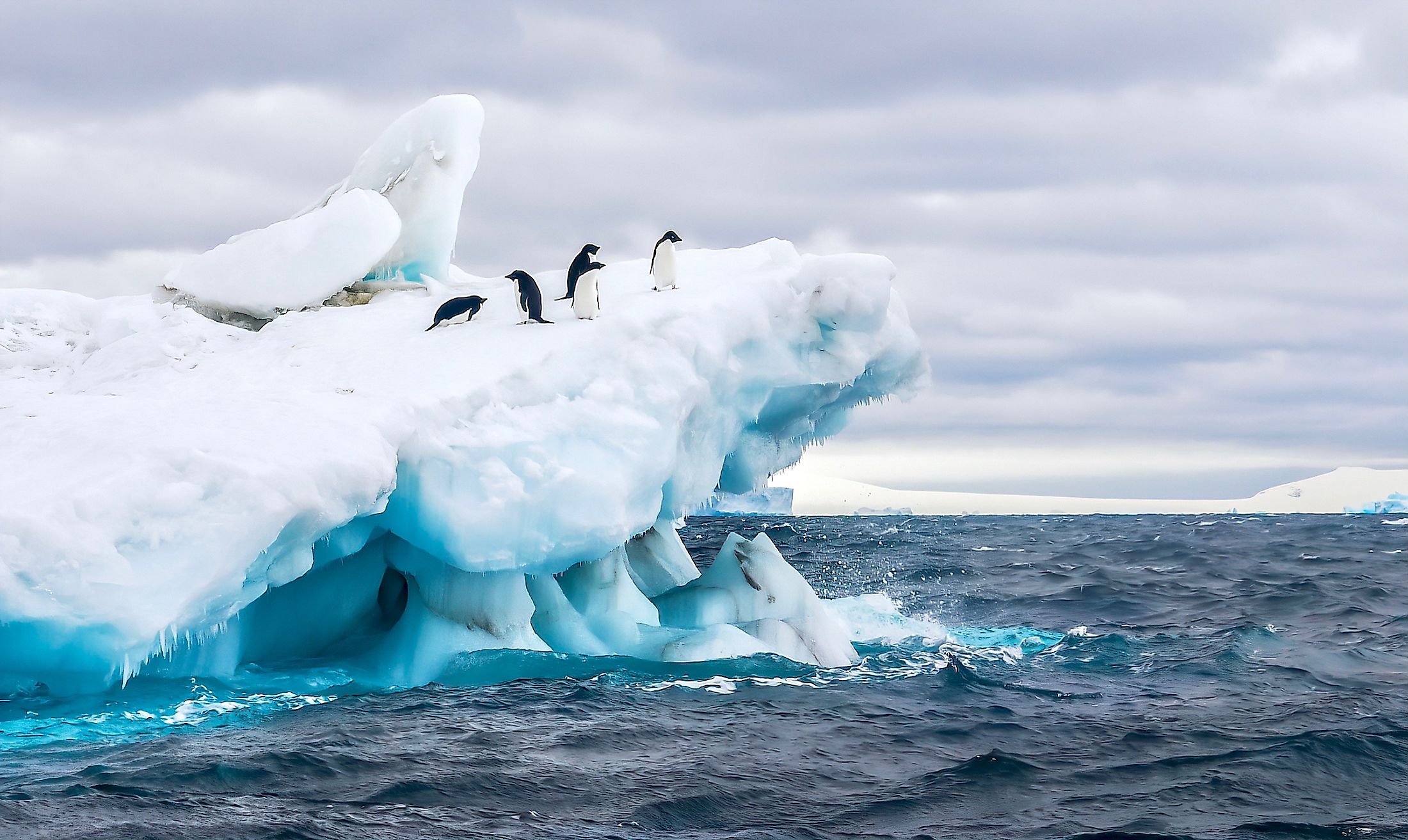
Weddell Sea
The Weddell Sea is an extension of the Southern Ocean located between West Antarctica’s Antarctic Peninsula and East Antarctica’s Coats Land. The heavily iced sea contains the Weddell Gyre and is part of an area claimed by Argentina, Britain, and Chile. The Weddell Sea is covered almost entirely by dense ice throughout the year, restricting the ships to the northwestern part. The sea was initially known as George IV Sea and was renamed Weddell Sea in 1900 in honor of James Weddell, who was the first person to discover the sea in 1823. The sea covers about 2.8 million square kilometers, making it the Southern Ocean’s largest sea.
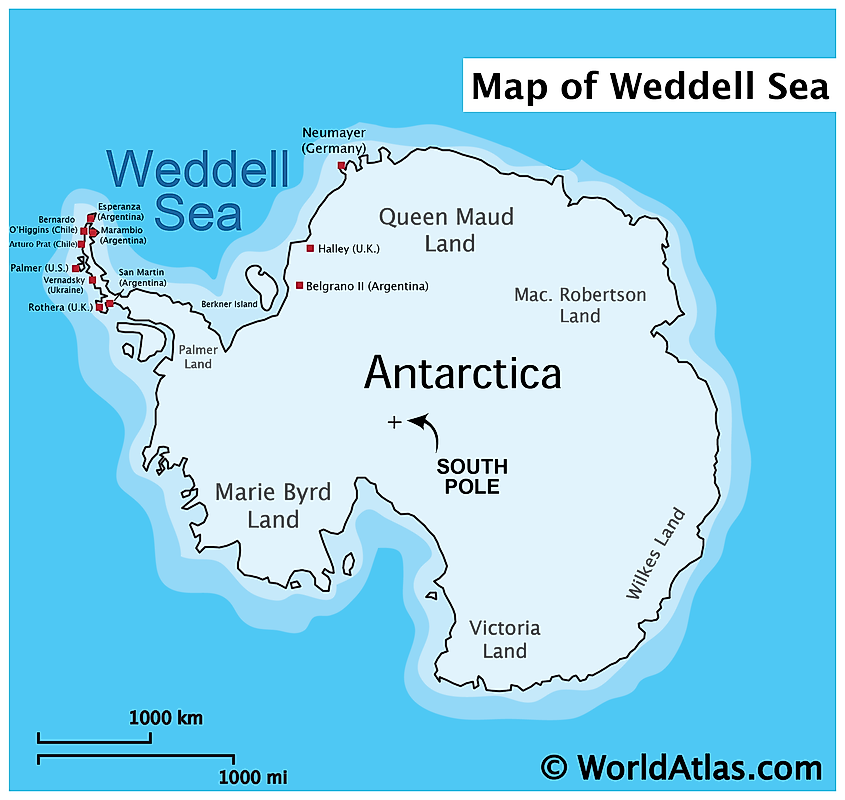
Location and Description
The Weddell Sea is the Southern Ocean’s southward extension with a coastline on East and West Antarctica. The sea is centered at about 750 S 450 W and extends from the east coast of the Antarctic Peninsula to the west coast of Coats Land. The sea’s eastern limit is at Cape Norvegia, a cape on Princess Martha Coast. Filchner-Ronne Ice Shelf fringes the sea on the southern part. The Antarctic Peninsula separates the Weddell Sea and the Bellinghausen Sea, and Cape Norvegia marks the boundary between Weddell and King Haakon VII Sea. It is separated from the Scotia Sea on the north by the South Scotia Ridge.
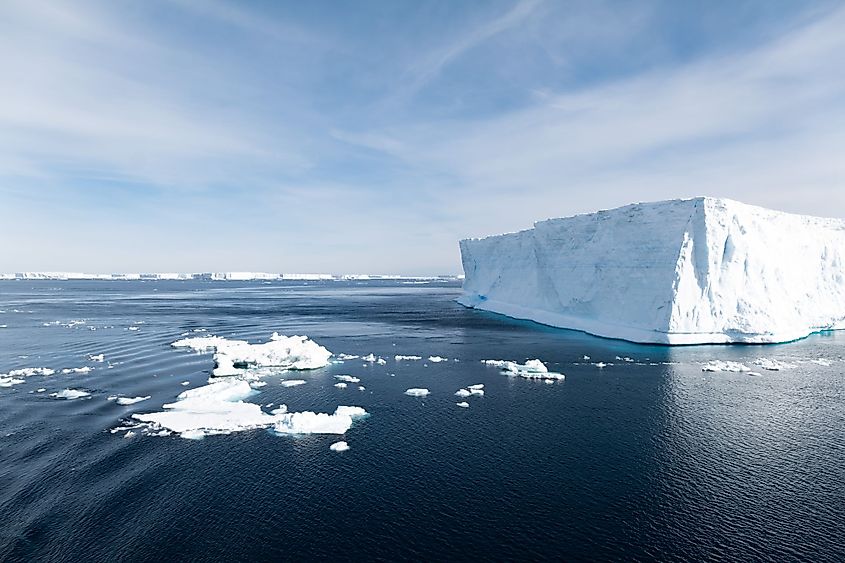
The Weddell Sea is the Southern Ocean’s largest marginal sea, spanning about 2.8 million square kilometers and is about 2,000 kilometers wide at the widest point. The sea region is treacherous and covered mostly by a heavy ice sheet. The permanent Filchner-Ronner Ice Shelf covers the sea's southern parts. As per the Alfred Wegener Institute researchers, the Weddell Sea is the sea with the clearest water, with a Secchi disc visible up to a depth of 80 meters.
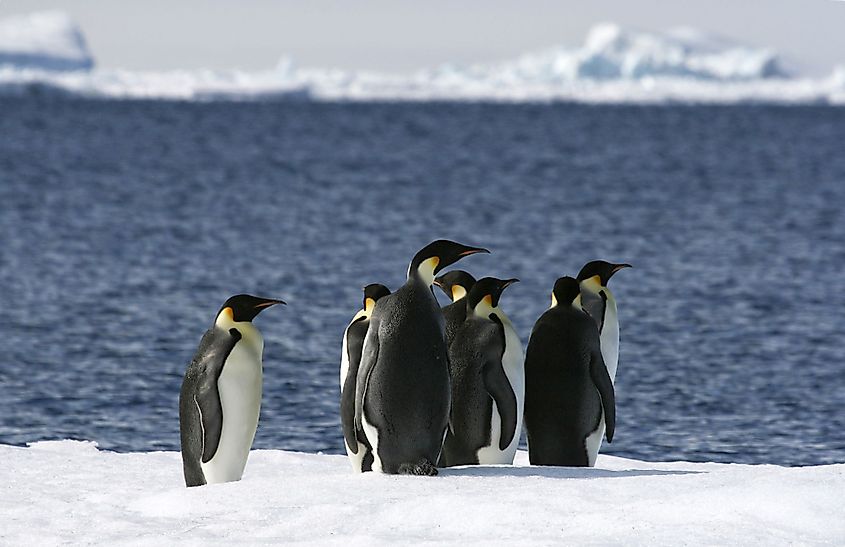
Brief History
The dense ice covering the Weddell Sea hindered the sea’s exploration, especially in the early 19th century. The heavy ice prevented the British brig Williams and Vostok, a Russian ship, from penetrating the region in 1820. Three years later, on February 20, 1823, James Weddell, a British explorer, reached the sea using brig Jane and became the first person to discover the sea. Weddell named it the George IV Sea.
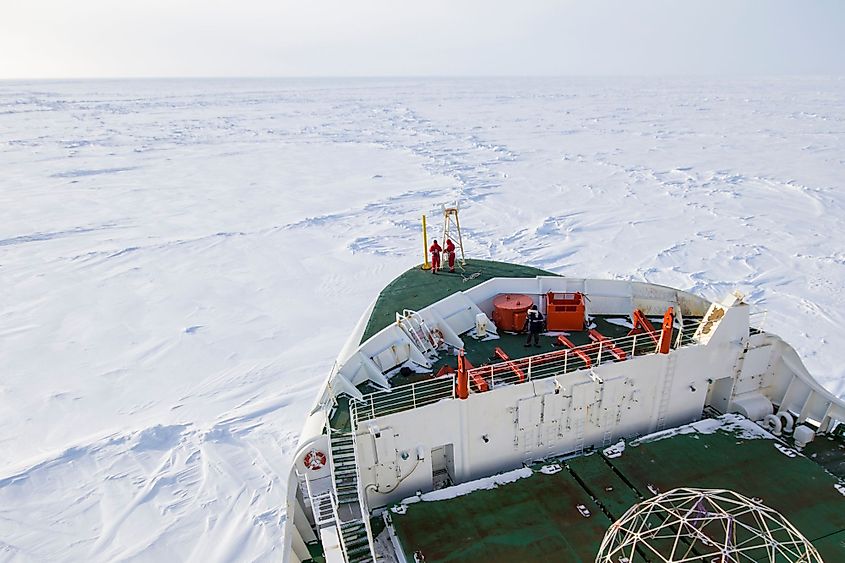
Otto Nordenskiold, while on a Swedish Antarctica Expedition from 1901 to 1903, was forced to spend two winters with five other colleagues at Snow Hill Island after snow destroyed their ship. They were later rescued by the Argentine Naval ship at Hope Bay after spending some time at the Paulet Island. However, only one person survived the expedition. In 1915, the sea ice also crushed “Endurance”, Ernest Shackleton’s vessel, with the crew reaching the Elephant Island 15 months after the crash.
Ecology
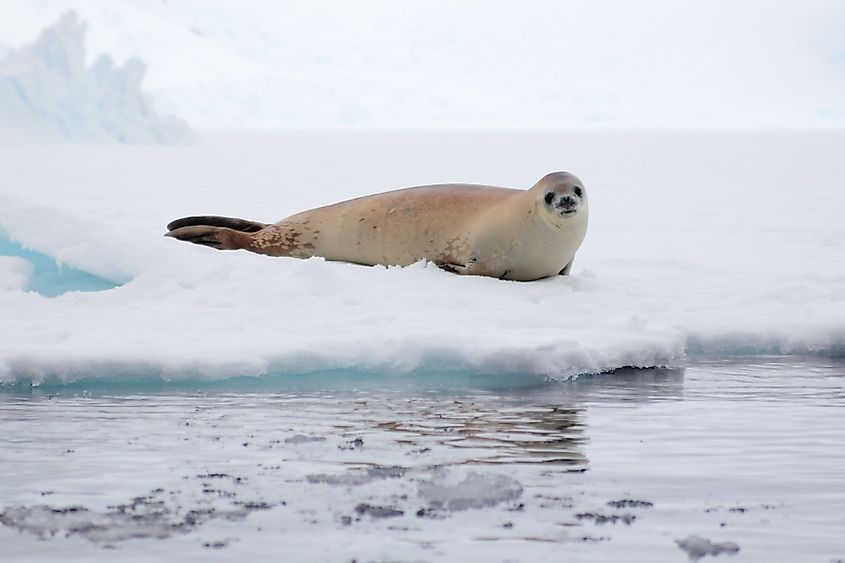
The Weddell Sea has abundant seals and whales, including killer whales, mink whales, humpback whales, Weddell seals, crabeater seals, and leopard seals. Penguins are also common in the sea, with Adelle as the dominant species. The Adelle penguin colony on Paulet Island has over 100,000 pairs of penguins. Sponges have also been discovered under the Ronne-Filchner Ice Shelf. The harsh climate of the Antarctica region is unfavorable for plant growth on or around the sea.











